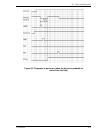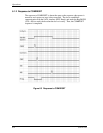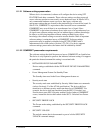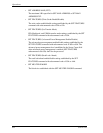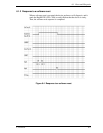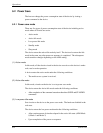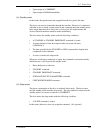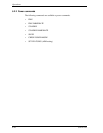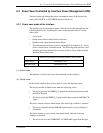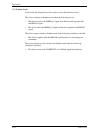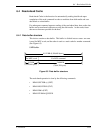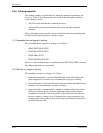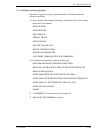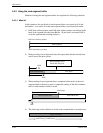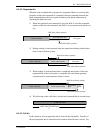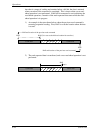
6.3 Power Save Controlled by Interface Power Management (IPM)
C141-E224 6-11
6.3 Power Save Controlled by Interface Power Management (IPM)
The host system can change the power consumption status of the interface by
issuing the PARTIAL or SLUMBER request to the device.
6.3.1 Power save mode of the interface
The interface power consumption states of this device can be separated into the
following three modes, including the Active mode where the device is in the
active state:
• Active mode
• Partial mode (shallow Interface Power Down)
• Slumber mode (deep Interface Power Down)
* The relationship of amount of power consumption in each mode is: Active
mode > Partial mode > Slumber mode. The following table specifies a rule
about the period in which the device must switch to Active mode from the
Interface Power Down state:
Period in which the device must switch to Active mode
Partial mode
Maximum 10 µs
Slumber mode Maximum 10 ms
(1) Active mode
The interface is in the Active state and commands can be accepted.
(2) Partial mode
In this mode, (shallow) Power Save mode is set for the interface circuit.
The device switches to Partial mode when the following occurs:
• The device receives the PMREQ_P signal from the host and responds with
the PMACK signal
• The device sends the PMREQ_S signal and the host responds with PMACK
signal.
The device cannot switch to Partial mode if the following condition is satisfied:
• The device responds with the PMNAK signal because it is not waiting for
commands.
The device returns to Active mode from Partial mode when the following
condition is satisfied:
• The device receives the COMRESET or COMWAKE signal from the host.



